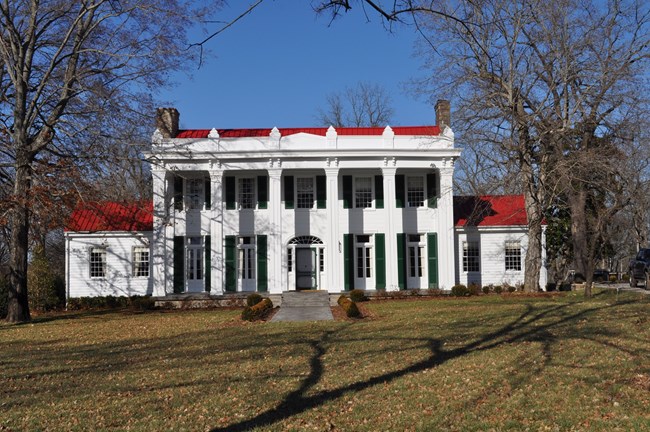
Skipwith Harlan Hill Historic Home William Holland was born a slave in the mid-1830s in Todd County, Kentucky. William spent most of his first 30 years working as a slave in Maury County, Tennessee for his owner Benjamin Harlan. Holland began his life in a country where the law said he was only a piece of farm property. When he died some 70 years later, he was, by law an American citizen and a property owner. 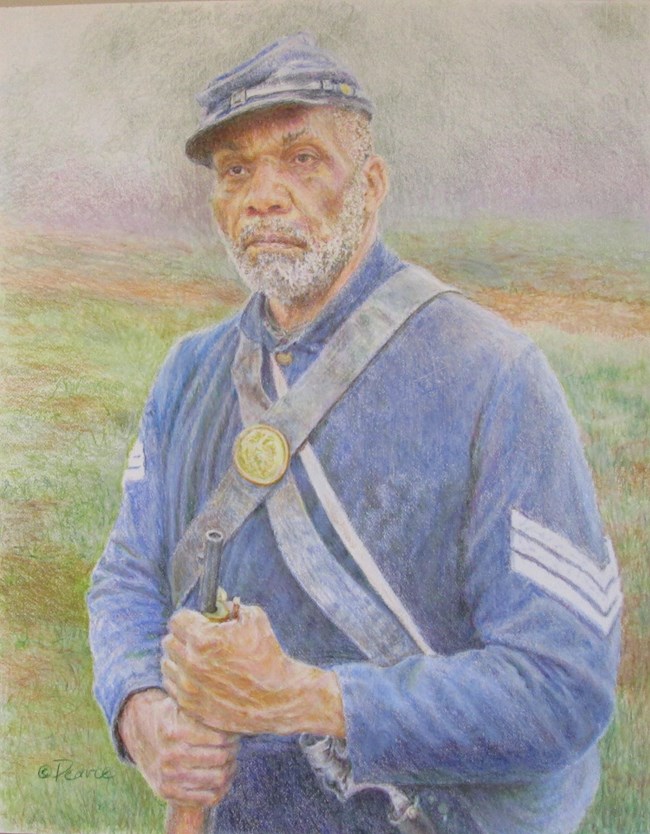
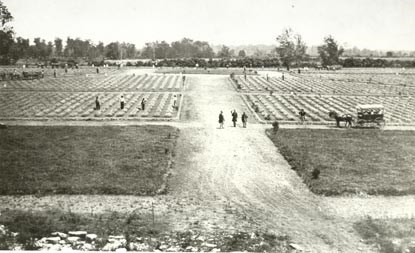
NARA 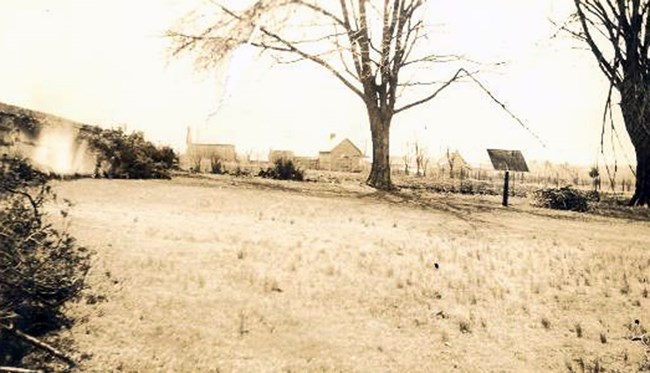
NPS 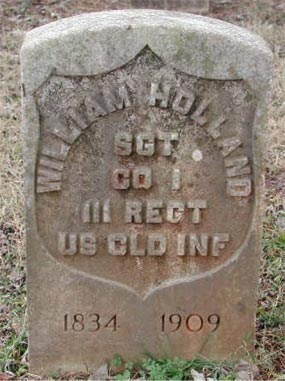
NPS |
Last updated: February 14, 2021
